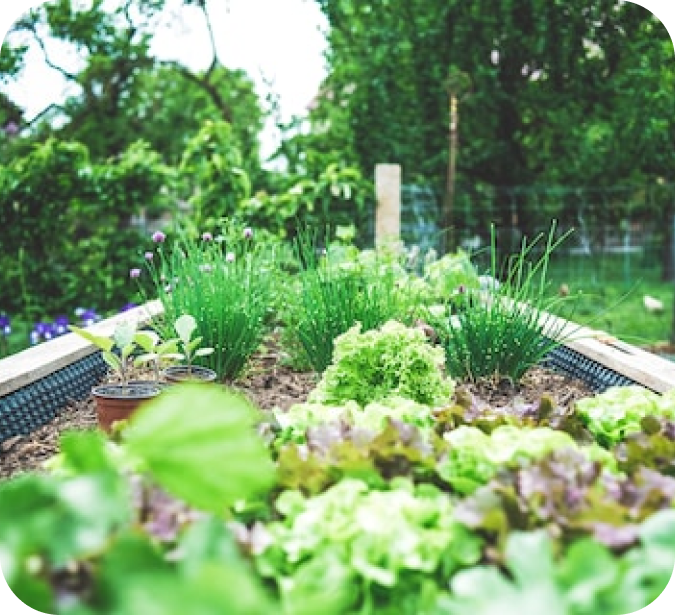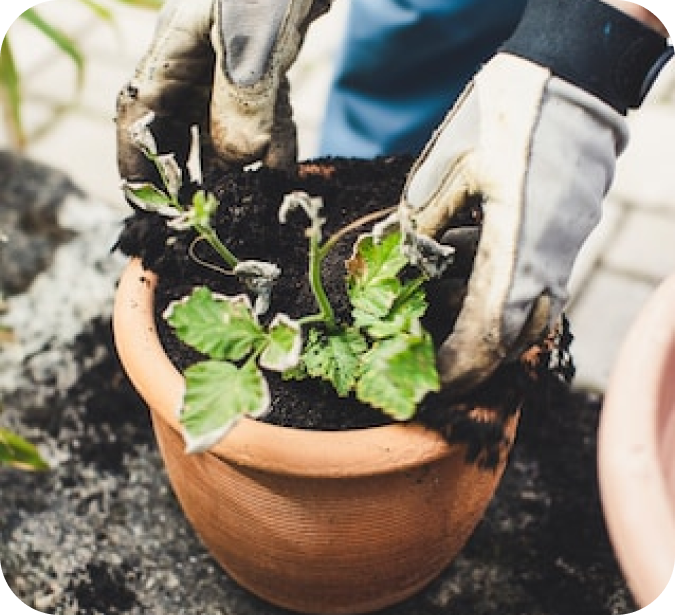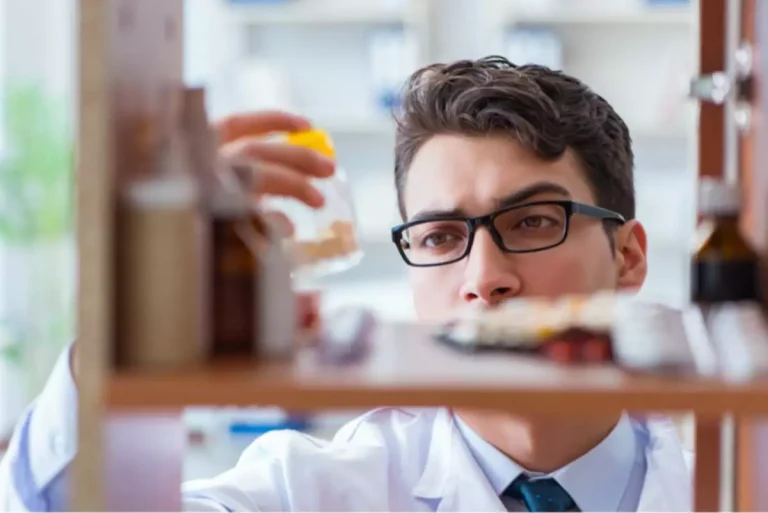
The action stage of change substance abuse should not be rushed, rather is tailored to the specific needs of the individual in question. Ideally, friends and family members show invested support and encouragement during the action process model of addiction. Surges of dopamine in the brain’s reward circuit cause repetition of behavior. As a person continues to use substances, the brain adapts by reducing the ability of cells in the reward circuit to respond to it. A person using substances might take more of the drug to obtain the high they felt when first taking the drug. After long-term use, functions such as learning, judgment, decision-making, stress, memory, and behavior are impacted through these changes to the reward circuit.
Binge/Intoxication Stage: Basal Ganglia
- Other studies also show that when an addicted person is given a stimulant, it causes a smaller release of dopamine than when the same dose is given to a person who is not addicted.
- The relative influence of these risk and protective factors varies across individuals and the lifespan.
- This safety is essential for clients to explore their trauma without fear, increasing the likelihood of successful addiction recovery.
- The increasing tolerance can lead to more frequent and larger doses, often without the person realizing the extent of this gradual escalation.
- Depending on the person and their particular addiction, each phase may take a short or long time to develop.
There are many types of addiction (alcohol, drugs, sex, gambling, overeating, overspending, etc.) and each type follows a consistent cycle of phases that become increasingly difficult to overcome. Depending on the person and choose the correct cycle of addiction. their particular addiction, each phase may take a short or long time to develop. However, even though each phase may differ in its duration, they generally progress in a repetitive pattern until some form of treatment takes place to intervene and alleviate the addiction. People with addictions feel emotionally dependent on a substance or behavior.

Treatment
This urge is a fundamental element of addiction, frequently experienced by individuals dependent on substances. Understanding these 4 C’s helps in recognizing the severity of addiction and is essential for developing effective treatment strategies. Professional help and rehabilitation programs often address these components to assist Alcohol Use Disorder individuals in breaking the cycle of addiction.
What Are the Factors That Influence Addiction?
This initial euphoria is what hooks many people, leading them down the treacherous path of addiction. Drug cravings are a significant aspect of addiction, often presenting a formidable challenge for individuals attempting to overcome substance dependence. As defined by Maarefvand, Masoomeh et al. in their 2013 study published in the Iranian Journal of Psychiatry, drug craving is characterized as an intense urge or desire to continue using a substance.
- Moreover, many individuals with post-traumatic stress disorder (PTSD) also struggle with substance use disorders, creating a cycle that can exacerbate both conditions.
- This physiological dependence is a key factor in perpetuating the addiction cycle.
- Individuals, particularly children and adolescents, who experience traumatic events such as violence, abuse, or neglect are at a heightened risk for later substance use issues.
- Recovery is not just about eliminating alcohol or drugs; it is also about adding healthier things to one’s life.
It can happen through something as common as starting a new prescription drug to manage pain, through peer pressure to try an illicit drug, or even celebrating one’s twenty-first birthday with an alcoholic beverage. Regardless of what exactly led to the first encounter, the Mayo Clinic describes several risk factors that might lead someone to have a higher risk ofaddiction. These risk factors include depression, social issues and problems, enabling family members or peers, abuse or neglect, family history of substance abuse or other mental disorders. As an individual continues to push the pleasure system with increasing exposure to a drug, the drug begins to influence how various nerve cells in the limbic system communicate with each other. The brain regions in the limbic system are known to be involved in emotional regulation. This is the second phase of drug addiction, the withdrawal and negative affect stage.

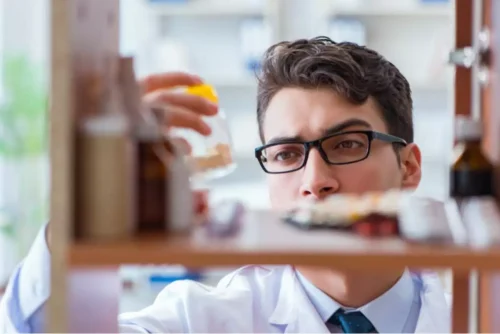
This reflex can last a long time, even years after one’s last use of that substance. This continues to cause cravings and can even begin to cue them involuntarily. This might include family and friends, support groups like Alcoholics Anonymous or Narcotics Anonymous, and ongoing therapy.

Determining when a relapse ends and active addiction resumes can be complex, as it varies widely among individuals based on 6 factors that influence the transition from relapse to active addiction which are listed below. Active drug addiction is a prevalent issue in the U.S., with more than 21 million people aged 12 or older actively addicted to drug use in 2020, according to the National Survey on Drug Use and Health (NSDUH). Blacking out can lead to dangerous situations and is a sign that drug use has escalated to a problematic level.
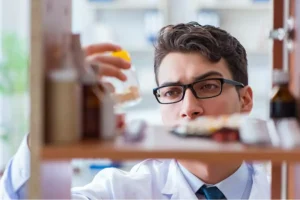
Can you start addiction treatment at any stage of the addiction cycle?
By recognizing warning signs and addressing underlying causes of relapse, individuals can fortify their defenses against the challenges of addiction. Research indicates that up to 75% of those undergoing treatment for substance use disorders have a history of trauma. Unresolved trauma often manifests as emotional pain, leading individuals to use substances as a form of self-medication. In this context, the severity of trauma directly correlates with the risk of developing substance use disorders, with chronic traumas—such as domestic violence—heightening addiction vulnerability. The final stage of the addiction cycle is relapse, often occurring as the withdrawal symptoms become too overwhelming for the individual. In this phase, the person struggling with addiction and dependence once again seeks out the substance of choice to reclaim what they feel is a normal emotional and physical state.





